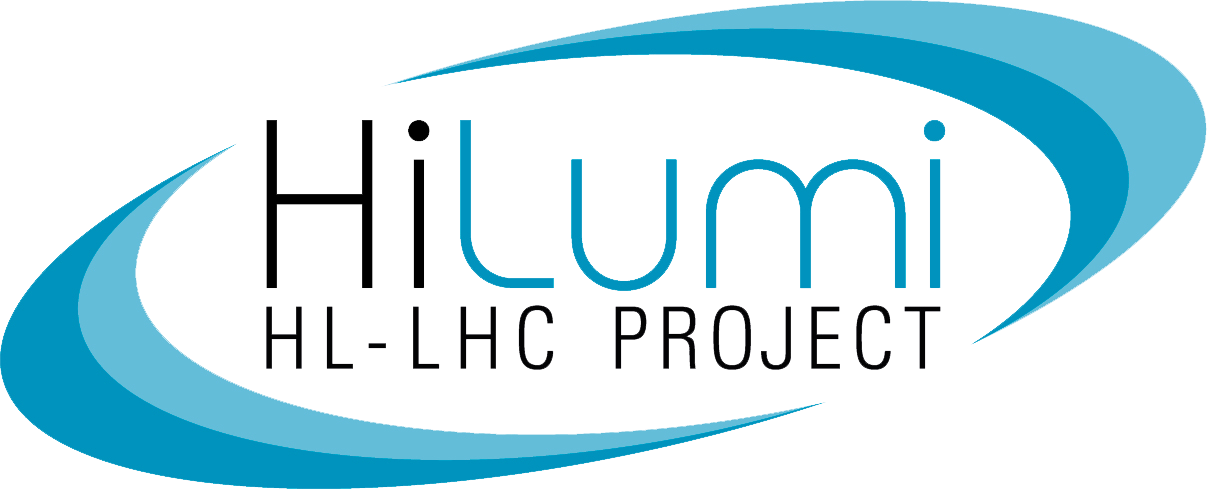By Gabriel Banks (CERN)
In the LHC beam dumps, the energy stored in the proton beams must be safely absorbed by the core materials. Due to their exceptional thermal shock and radiation resistance, carbon-based materials have been successfully used for this purpose since LHC Run 1. In the High-Luminosity (HL) era, the maximum stored energy in each LHC beam will be approximately 4.5 times greater than in Run 1, placing correspondingly greater demands on the beam dump core materials.
The HRMT65-HLTDE experiment was performed to validate the performance of both new and previously used carbon-based materials under the increased loads expected for HL operation. Specimens of five grades of isostatic graphite, three grades of carbon fibre reinforced carbon composite, and one grade of flexible graphite sheets were assembled inside the experimental targets, and subjected to a total of almost 500 beam shots from the Super Proton Synchrotron. This equates to a total of over 20 million billion protons!
The experiment was completed successfully in August 2024. Once residual radioactivity had decreased to safe levels, the beam dump design team extracted the specimens from the targets and performed detailed examination to investigate how well the materials had resisted the beam impacts. This included microscopy and 3D computed-tomography scanning.
The results were very positive for the subsequent beam dump design. They showed that, despite flexible graphite not withstanding the HL conditions well, all grades of isostatic graphite and carbon fibre reinforced carbon performed well and showed no signs of beam-induced damage.
Following these positive results, the detailed design of the HL-LHC beam dumps was developed over a period of several months. The distribution of core materials in the new dumps will be similar to the current ones in that there will be an upstream and a downstream section made from isostatic graphite. However, the low-density section in the longitudinal centre of the dumps will now consist of carbon-fibre reinforced carbon, as this is now the only known material that can withstand the most extreme thermal shock conditions.
The CERN member state-based suppliers of the carbon-based materials were informed of the results of the material qualification and submitted their bids for the supply contract to produce three dumps for the HL-LHC (two operational and one spare). A supplier for isostatic graphite and one for carbon fibre reinforced carbon have now been selected. This material will be produced, machined, tested and shipped to CERN over the next year. By the middle of 2027, the dumps should be assembled and ready for installation in the LHC beam dump caverns.

